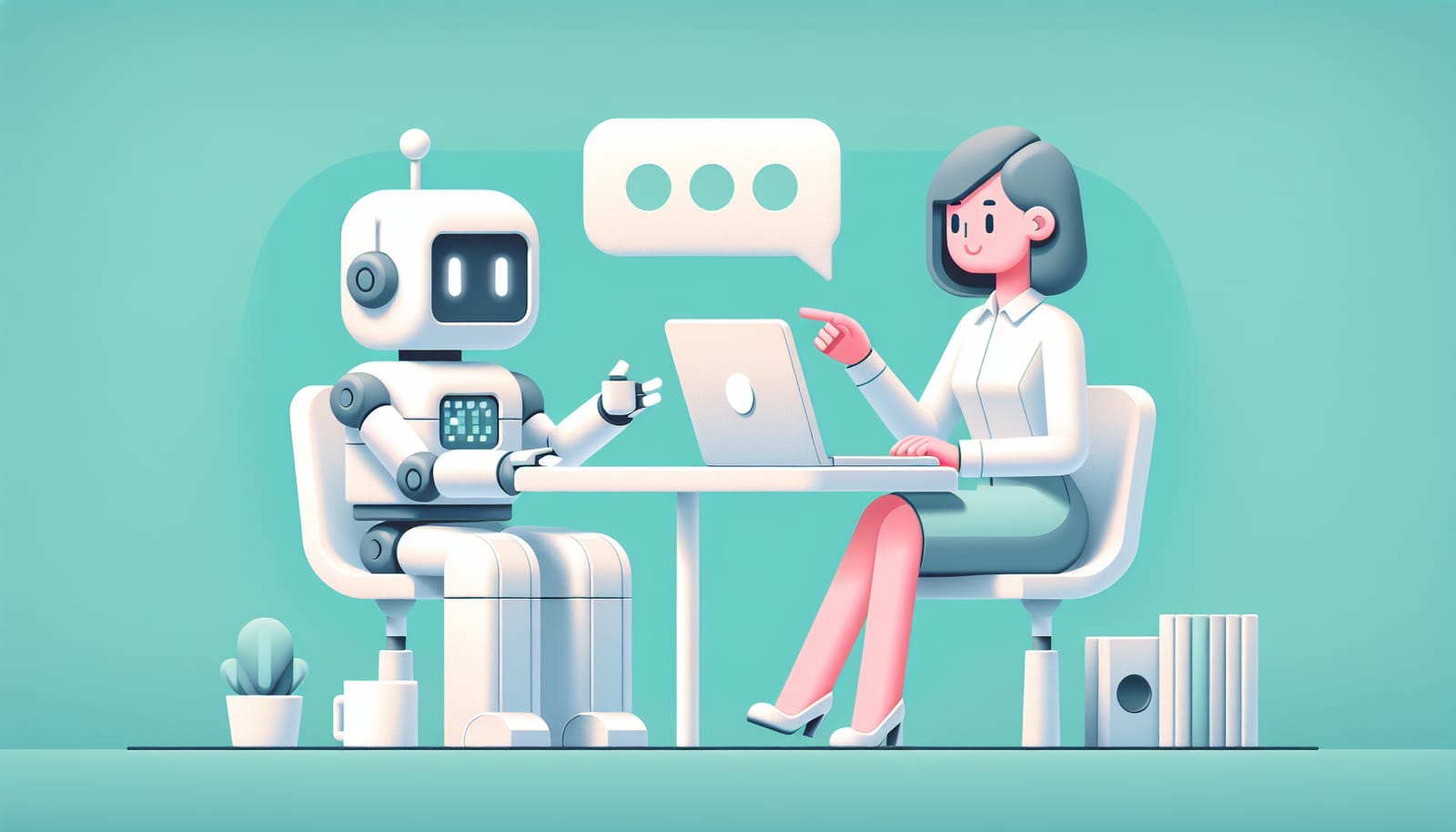Artificial Intelligence (AI) is a hot topic these days, often seen as a double-edged sword. On one side, it has the potential to revolutionize industries, making our lives easier and more efficient. On the other, people are quick to point fingers at AI when things go wrong, blaming it for bad decisions or ethical dilemmas. But is it really fair to hold AI solely responsible? In this article, we will explore the complexities of AI decision-making, the role of human involvement, and why we need to rethink how we assign blame in these situations.
What is AI, Anyway?
Before diving into the ethical implications, let’s break down what AI actually is. At its core, AI refers to computer systems designed to perform tasks that typically require human intelligence. This can include recognizing speech, making decisions, solving problems, and even driving cars!
AI works by analyzing vast amounts of data to identify patterns and make predictions. For example, if a chatbot can help answer your questions, it likely learned from thousands of previous conversations. But remember, while AI can process this information quickly and efficiently, it doesn't "think" like we do. AI doesn’t have feelings, beliefs, or moral values.
The Role of Humans in AI Decision-Making
Now, here’s where it gets interesting. While AI can analyze data and propose solutions, it’s the humans behind the AI who make the ultimate decisions. This includes the engineers who design the algorithms, the data scientists who train them, and the companies that deploy them. Each of these players has a role in the ethical landscape of AI.
For instance, if a bank uses an AI system to determine whether to grant a loan, it must first be trained on historical data. If that data contains biases—like discrimination against certain groups—then the AI might perpetuate those biases in its decision-making. In this case, it’s not the AI’s fault; it’s the responsibility of the humans who created the system and chose the data.
The Consequences of Blaming AI
When we shift the blame to AI for bad outcomes, we may overlook crucial lessons about responsibility and ethics in technology. This can lead to a dangerous mindset where we assume technology is infallible or that it operates independently of human influence.
Take, for example, the case of self-driving cars. If a self-driving car gets into an accident, is it fair to blame the car? Or should we instead consider the design choices made by engineers, the regulations in place, and the ethical guidelines governing autonomous vehicles? By focusing solely on the AI, we risk ignoring the broader context of its application.
The Importance of Ethical AI Design
To truly harness the power of AI responsibly, ethical considerations must be integrated into every stage of AI development. This involves creating technology that is transparent, fair, and accountable. For instance, companies should regularly audit their AI systems to ensure they’re not inadvertently making biased decisions.
Moreover, stakeholders, including governments, businesses, and the public, should engage in conversations about the ethical implications of AI. This collective dialogue can help shape guidelines and regulations that ensure AI is used for the greater good.
Recognizing Human Agency
It’s essential to acknowledge that AI is a tool—a powerful one, but still a tool. Just like a hammer can build a house or cause destruction, AI can be used for beneficial or harmful purposes depending on human intentions.
By recognizing human agency in AI decision-making, we can hold ourselves accountable for the ethical implications of our technological advancements. This means asking tough questions: Are we using AI to empower people or to control them? Are we prioritizing efficiency over fairness?
Moving Forward: A Collaborative Approach
The future of AI lies in collaboration. By working together—engineers, ethicists, policymakers, and everyday users—we can develop AI systems that are not only intelligent but also ethical. This collaborative approach can help us navigate the complexities of AI and ensure it serves humanity positively.
Additionally, educational initiatives can help demystify AI for the general public. By teaching people about AI’s capabilities and limitations, we can foster a more informed society that understands the nuances of accountability in AI-driven decisions.
Conclusion: A Call to Action
As we stand on the brink of an AI-driven future, it’s vital to remember that AI is not a magical solution to all our problems. We cannot simply point fingers at technology when things go wrong. Instead, we must recognize our role in shaping how AI is designed, deployed, and governed.
By embracing our collective responsibility and fostering ethical AI practices, we can ensure that technology enhances our lives without compromising our values. Let’s work together to build a future where AI is not just smart, but also wise—a true ally in our quest for progress.
In the end, the ethical trap of blaming AI for bad decisions can only be avoided if we acknowledge the intricate dance between technology and humanity. The next time you hear about an AI making a questionable decision, take a moment to ask: Who is truly responsible?
Let’s not just blame the tool; let’s understand the craft behind it.


